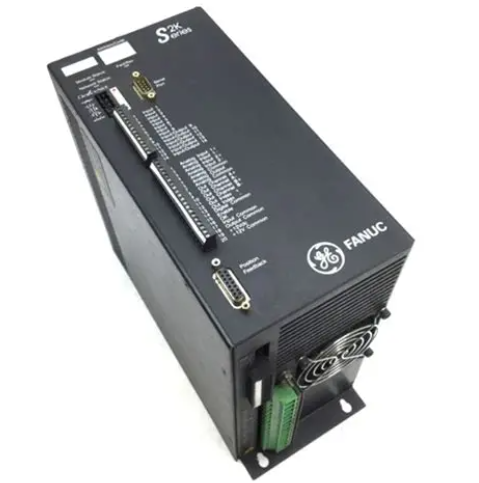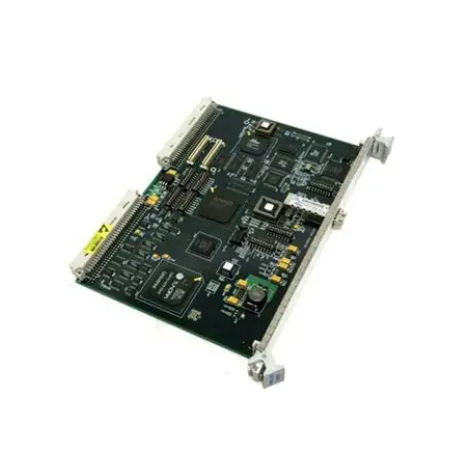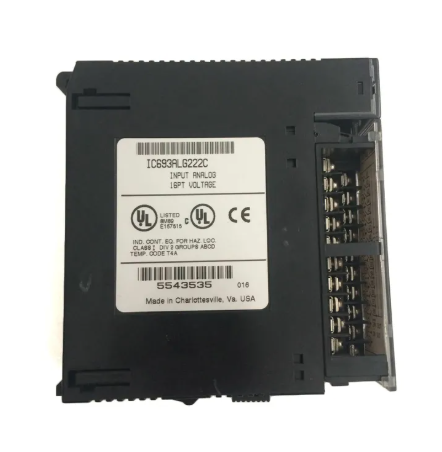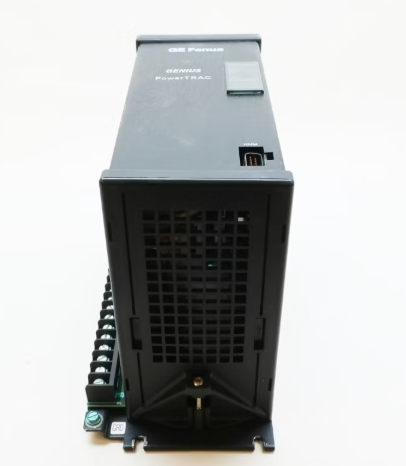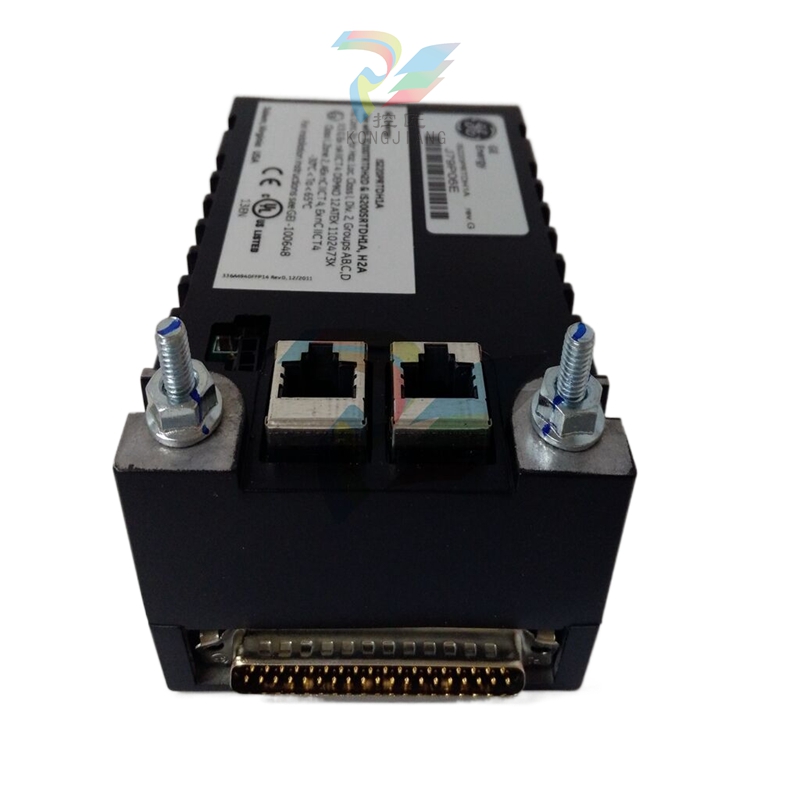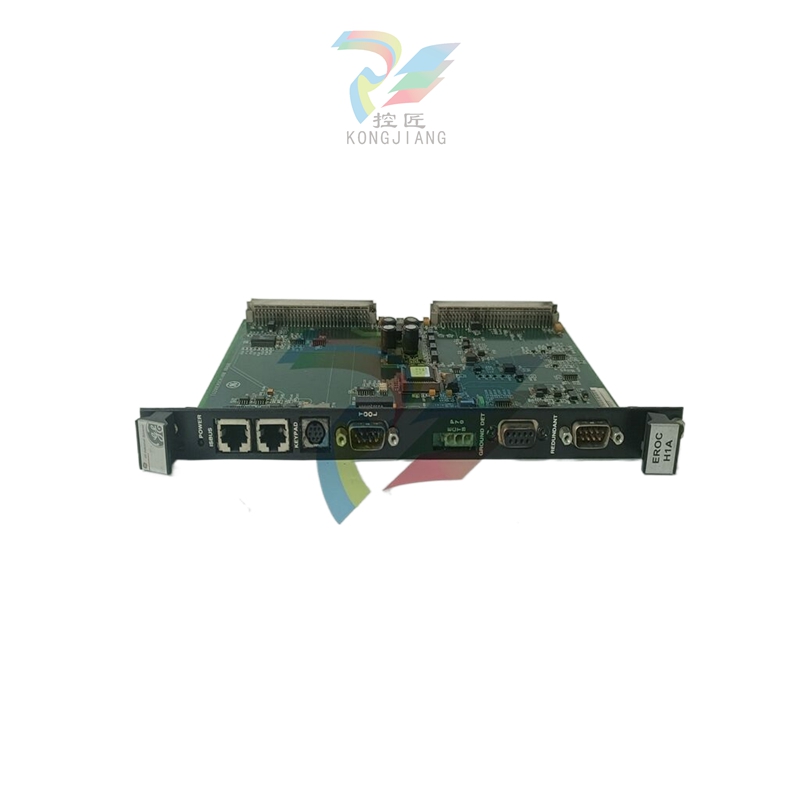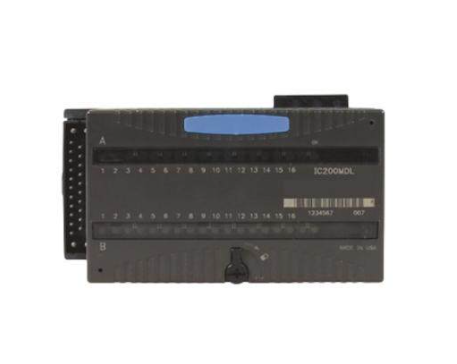Development status and future prospect of floating nuclear power plant
First, the overall overview of floating nuclear power plants
(1) The United States first proposed the concept of floating nuclear power plants at sea, and focused on the development of beam nuclear power plants
In the 1950s, based on the successful application experience of nuclear-powered ships, the United States, the Soviet Union and other countries actively explored the multi-field application prospect of nuclear energy, and launched a number of exploratory research projects such as nuclear aircraft, rockets and automobiles. However, under the superimposed influence of multiple negative factors such as technology, economy and politics, most of the projects were abandoned after initial exploration, and only the SL2 small nuclear power plant developed by the United States entered the substantive stage. The device was developed to power military bases in remote areas such as Alaska, but it was scrapped after a core meltdown due to design flaws. After this, the U.S. military designed the MH-1A nuclear power plant on the barge Sturgis in 1963, mainly for the power supply in the Panama Canal area, which operated from 1968 to 1975, and was eventually retired due to high operating costs and changes in military plans.
In 2014, the Massachusetts Institute of Technology (MIT) proposed a "Offshore Floating Nuclear Plant" (OFNP) design concept. The so-called Spar Type nuclear power plant. This type of nuclear power plant is a huge cylinder in the shape of a number of water-sealed compartments, the bottom is equipped with a nuclear reactor and cooling system, and through a multi-point mooring system, in a semi-submersible form fixed in the sea water 10km to 20km offshore. At the top of this type of nuclear power plant, there are also designed work buildings, living buildings and apron buildings to facilitate the production and life of nuclear power plant staff. As one of the current international mainstream floating nuclear power plant forms, beam nuclear power plant has certain advantages in earthquake resistance, environmental protection and other aspects, and in the event of a reactor accident, it can open the watertight chamber to use endless seawater to cool the reactor, which is safer than traditional nuclear power plants.
OFNP nuclear power plant

(2) Russia built and successfully operated the world's first barge-type nuclear power plant
During the Cold War, the development and utilization of nuclear energy in the United States and the Soviet Union enabled the rapid development of nuclear power technology. After the collapse of the Soviet Union, Russia has made many achievements in the field of nuclear energy application with the accumulation of relevant technologies. Especially after the establishment of the State Atomic Energy Group Corporation (Rosatom), Russia has comprehensively upgraded nuclear power production, nuclear power export and other links, and the level of nuclear power technology has been further improved. In 2019, the State Atomic Energy Corporation began construction of the Barge Type nuclear power plant Akademik Lomonosov. The barge is approximately 144 meters long and 30 meters wide, displacing 21,500 tons, and is equipped with two 35MW modified KLT-40S reactors, which can provide up to 70MWe of power and 300 MWT of thermal energy, with an overall operating life of approximately 40 years. In May 2020, the "Academician Lomonosov" nuclear power plant realized commercial operation in the Chukotskiy autonomous region of Russia's Far East, which can meet the needs of local residents and industrial enterprises for electricity, heating, seawater desalination and other needs.
Although the Akademik Lomonosov is not equipped with a propulsion system, it can easily move to any required area of operation by tugboats, and it is relatively good in terms of maneuverability. At the same time, the nuclear power plant adopts a relatively mature large-scale ship manufacturing technology, so it has obvious advantages in technology maturity, cost and other aspects, and has outstanding performance in development, production and application. In addition, the plant is the world's only operating floating nuclear power plant and the world's northernmost nuclear device to date, and its successful operation experience is of great significance for the large-scale construction of floating nuclear power plants worldwide.
Russian "Lomonosov" nuclear power plant
(3) France is committed to the development of sunken nuclear power plants by taking advantage of traditional nuclear power
In the field of nuclear power application, France has long been in the forefront of the world, and has become the country with the highest proportion of nuclear power generation in the world. According to the International Energy Agency (IEA), nuclear power will account for 69% of France's electricity generation in 2021, far outstripping hydropower, wind and natural gas. With the advantages of traditional nuclear power, France began to study floating nuclear power plants in 2008. DCNS, a French nuclear submarine maker now known as Naval Group, proposed a Submerged Type, a cylindrical, fully modular mobile nuclear power plant, using a nuclear submarine as a prototype. And joint Areva (Areva), Electricite de France (EDF) and other large nuclear power companies to develop it.
The plant uses small pressurized water reactor technology similar to nuclear submarines, and the turbine and alternator parts are separated into separate modules. In the construction process, this type of nuclear power plant can be assembled in the shipyard using the modular construction technology of ships, and then transported to the working sea by ships, which has certain advantages in terms of construction time and cost. The installation site is 60m-100m deep and 5km to 15km offshore on the seabed, and the installation method can be fixed horizontally on the seabed, or the module is suspended several meters above the seabed, depending on the degree of earthquake damage. Once installed, the nuclear power plant can deliver electricity to onshore users via cable, which can effectively avoid the impact of harsh Marine environmental conditions such as waves and typhoons. In addition, the design concept of this type of nuclear power plant is similar to that of the beam nuclear power plant in the United States, which can use seawater to cool the reactor in emergencies, and the safety is relatively high.
French "Flexblue" nuclear power plant
(4) South Korea focuses on gravity base type nuclear power plants to explore new nuclear power technology development paths
After the end of World War II, South Korea established the Atomic Energy Research and Development Agency, and joined the International Atomic Energy Agency (IAEA) in 1957, with the intention of advancing the research and development of nuclear weapons and nuclear power technology. However, due to the intervention of the United States, South Korea's nuclear weapons program was forced to halt, but its nuclear power technology has been rapidly developed. At this stage, South Korea has successfully joined the ranks of nuclear power, and has its own research and development of third-generation nuclear power technology ability, its territory has 24 nuclear power plants, nuclear power generation accounted for nearly 30% of the total power generation. In the field of floating nuclear power plants, South Korea has proposed the Gravity-Based Structure Type (GBS) nuclear power plant design concept to explore a new nuclear power technology development path.
The GBS nuclear power plant is built in a modular design, and then the gravity infrastructure module is towed by a tugboat to a floating nuclear power station mooring point at sea, and it is placed on the seabed using a ballast system, and finally it is rigidly connected using steel bars, post-tensioned cables and cement slurry, which is used as a carrying platform for the nuclear power plant. Because of its single bearing structure, it can effectively reduce the risks associated with pipelines and cables, and can reduce the impact of earthquakes. At the same time, the design concept of the nuclear power plant is located between the onshore and offshore nuclear power plants, which can partially mitigate the impact of harsh sea conditions on its carrier. However, GBS nuclear power plants have certain disadvantages compared with other types of floating nuclear power plants, and are still unable to avoid the impact of tsunamis.
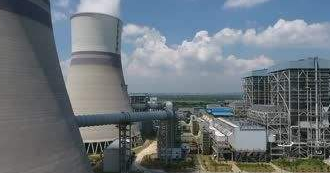
GBS nuclear power plant in South Korea
Second, the development dilemma of floating nuclear power plants
At this stage, in addition to the successful commercial operation of floating nuclear power plants in Russia, the relevant projects in other countries are still in the research and development stage, and the floating nuclear power plants as a whole are still in the early stage of commercialization, and there is still a certain distance from large-scale application in the world. At the same time, there is still a gap between the floating nuclear power plant and the traditional nuclear power plant in terms of technical maturity, and it still faces many unknown risks in its development process. In addition, affected by the Fukushima Nuclear Power Plant leak, individual countries are still cautious about the development of floating nuclear power plants, and public acceptance needs to be further improved. Overall, the development of floating nuclear power plants still faces many difficulties.
At the market level, the market strategic positioning of floating nuclear power plants is difficult to unify, and it faces many obstacles in the process of international business import and export. At present, Russia's market positioning for floating nuclear power plants is relatively clear, its operating model is initially set as "Build-Operate-Transfer" (build-Operate-transfer, BOT), and in the market segment, "Academician Lomonosov" synchronically focuses on nuclear power generation and seawater desalination, and the future development prospects are relatively broad. However, the relevant projects in the United States, France and South Korea are still in the design and research and development state, basically to meet the domestic power demand, and are still in the discussion stage in terms of market segmentation applications, resulting in the overall market strategic positioning of floating nuclear power plants is difficult to unify. At the same time, floating nuclear power plant is a new product in the world nuclear energy field, which not only has its difficulties in construction, commissioning, operation and decommissioning, but also has a unique operation in the process of international business import and export. Affected by multiple factors such as business program selection, responsibility division, security guarantee, transportation and physical protection, and international supervision, the overall development still has many problems.
At the technical level, floating nuclear power plants are vulnerable to Marine environmental conditions, and it is difficult to meet the space requirements of relevant equipment and facilities, and it is easy to produce "common cause failures". Floating nuclear power plants operate in the Marine environment for a long time, and are susceptible to the impact of salt spray, mold and Marine organisms, resulting in corrosion of system pipes and equipment, adhesion of Marine organisms and other destructive problems, which will lead to the decrease or damage of pipeline heat transfer performance, affecting its normal operation. At the same time, the Marine environment is easy to cause periodic changes in the spatial position of the floating nuclear power plant system, and introduce additional inertial force fields brought by periodic changes. These factors can directly affect the hydraulic and heat transfer characteristics of the medium, and then affect the physical characteristics of the reactor, and eventually cause damage to the system of the nuclear power plant. In addition, compared with traditional nuclear power plants, the internal space of floating nuclear power plants is relatively small, so its internal equipment has strict restrictions in terms of volume and weight, and its safety facilities cannot achieve the requirements of multiplicity, diversity and independence, which is prone to "Common Cause Failure". That is, several devices fail at the same time due to a specific single fault.
At the regulatory level, relevant policies, laws and standards are not yet comprehensive, and the international offshore nuclear energy regulatory system needs to be further improved. In the process of development of floating nuclear power plant, it involves design and construction, safety and emergency, operation and supervision and many other links, so it is necessary to establish a relatively complete system of policies, laws and standards to better supervise its development. However, at present, the relevant international policy standards are not perfect, and China has not established the corresponding policy standard system. At present, the overall guidance and relevant requirements for the international research and development of floating Nuclear power plants mainly include the Treaty on the Non-Proliferation of Nuclear Weapons (Treaty on the Non-Proliferation of Nuclear Weapons). NPT, the United Nations Convention on the Law of the Sea, Comprehensive documents such as UNCLOS and the International Convention for the Safety of Life at Sea (SOLAS), but these documents are limited in their coverage and do not provide specific guidance for the development of floating nuclear power plants. In addition, although the United States, the United Kingdom and Russia and other countries in recent years have issued their own floating nuclear power plant research and construction guidance documents and policy standards, but still not enough to support the overall requirements of the development of floating nuclear power plants, its development is still faced with imperfect policy standards, regulatory system is not sound and other problems, it is urgent to establish a more complete offshore nuclear energy regulatory system.
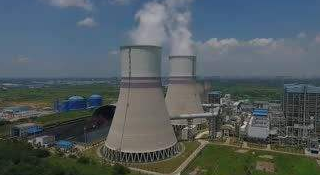
Third, the future prospects of floating nuclear power plants
Although the development of floating nuclear power plants still faces many difficulties, with the continuous progress of relevant technologies and the deepening of the global trend of decarbonization, the development speed of floating nuclear power plants will be further accelerated. At the same time, the traditional nuclear power countries represented by the United States and Russia will continue to increase investment in the field of floating nuclear power plants, in order to meet their own power needs at the same time, seize the development of floating nuclear power plants. Overall, the future development of floating nuclear power plants will show the following two trends.
First, barge nuclear power plant technology will become more mature, and will gradually become the mainstream development direction of floating nuclear power plants. Compared with other types of floating nuclear power plants, barge type nuclear power plants have the longest history of development, and the barge form it uses can play to the advantages of the traditional shipbuilding industry, help floating nuclear power plant technology to achieve rapid development, and further reduce its overall research and construction cost. At present, the United States, France and South Korea and other countries are simultaneously focusing on barge nuclear power plants while developing their own representative floating nuclear power plants. In 2022, the French Bureau Veritas (BV) and the American company ThorCon reached a technical certification agreement to cooperate on the development of a 500MW floating nuclear fission power station integrated in a barge for operation in Indonesia. South Korea's Samsung Heavy Industries (SHI) received a certificate of Approval in principle from the American Bureau of Shipping (ABS) in January for its barge-type nuclear power plant design concept. The company will develop its floating nuclear power plant based on a compact molten salt reactor technology developed by Danish company Seaborg Technologies. In addition to the "Academician Lomonosov", Russia also plans to build a number of barge-type nuclear power plants to further improve the ability to provide electricity to remote areas such as the Far East. It can be seen that countries are vigorously promoting the research and construction process of barge-type nuclear power plants, and the future of this type of nuclear power plants will gradually become the mainstream development direction of floating nuclear power plants.
Second, floating nuclear power plants will become an important choice for coastal and multi-marine countries to achieve the goal of decarbonization, and its commercial application prospects will be more extensive. In recent years, global seasonal warming has been increasing, causing a series of disastrous climate problems including glacier melting, extreme high temperature, forest fires, etc. Energy conservation and emission reduction has become one of the most urgent issues in the world. At the same time, with the continuous rise of global fossil energy prices, energy poverty will become a problem that every country and region needs to face on the development road, and energy transformation is imminent. In this context, the status of clean energy such as water, wind, solar and nuclear energy in the energy system of countries is rising, and it has become an important choice to promote the energy transformation of countries and achieve the goal of decarbonization.
- EMERSON
- Honeywell
- CTI
- Rolls-Royce
- General Electric
- Woodward
- Yaskawa
- xYCOM
- Motorola
- Siemens
- Rockwell
- ABB
- B&R
- HIMA
- Construction site
- electricity
- Automobile market
- PLC
- DCS
- Motor drivers
- VSD
- Implications
- cement
- CO2
- CEM
- methane
- Artificial intelligence
- Titanic
- Solar energy
- Hydrogen fuel cell
- Hydrogen and fuel cells
- Hydrogen and oxygen fuel cells
- tyre
- Chemical fiber
- dynamo
- corpuscle
- Pulp and paper
- printing
- fossil
- FANUC
- Food and beverage
- Life science
- Sewage treatment
- Personal care
- electricity
- boats
- infrastructure
- Automobile industry
- metallurgy
- Nuclear power generation
- Geothermal power generation
- Water and wastewater
- Infrastructure construction
- Mine hazard
- steel
- papermaking
- Natural gas industry
- Infrastructure construction
- Power and energy
- Rubber and plastic
- Renewable energy
- pharmacy
- mining
- Plastic industry
- Schneider
- Kongsberg
- NI
- Wind energy
- International petroleum
- International new energy network
- gas
- WATLOW
- ProSoft
- SEW
- wind
- ADVANCED
- Reliance
- YOKOGAWA
- TRICONEX
- FOXBORO
- METSO
- MAN
- Advantest
- ADVANCED
- ALSTOM
- Control Wave
- AB
- AMAT
- STUDER
- KONGSBERG
- MOTOROLA
- DANAHER MOTION
- Bently
- Galil
- EATON
- MOLEX
- Triconex
- DEIF
- B&W
- ZYGO
- Aerotech
- DANFOSS
- KOLLMORGEN
- Beijer
- Endress+Hauser
- MOOG
- KB
- Moxa
- Rexroth
- YAMAHA
- Johnson
- Westinghouse
- WAGO
- TOSHIBA
- TEKTRONIX


Email:wang@kongjiangauto.com

















































































































